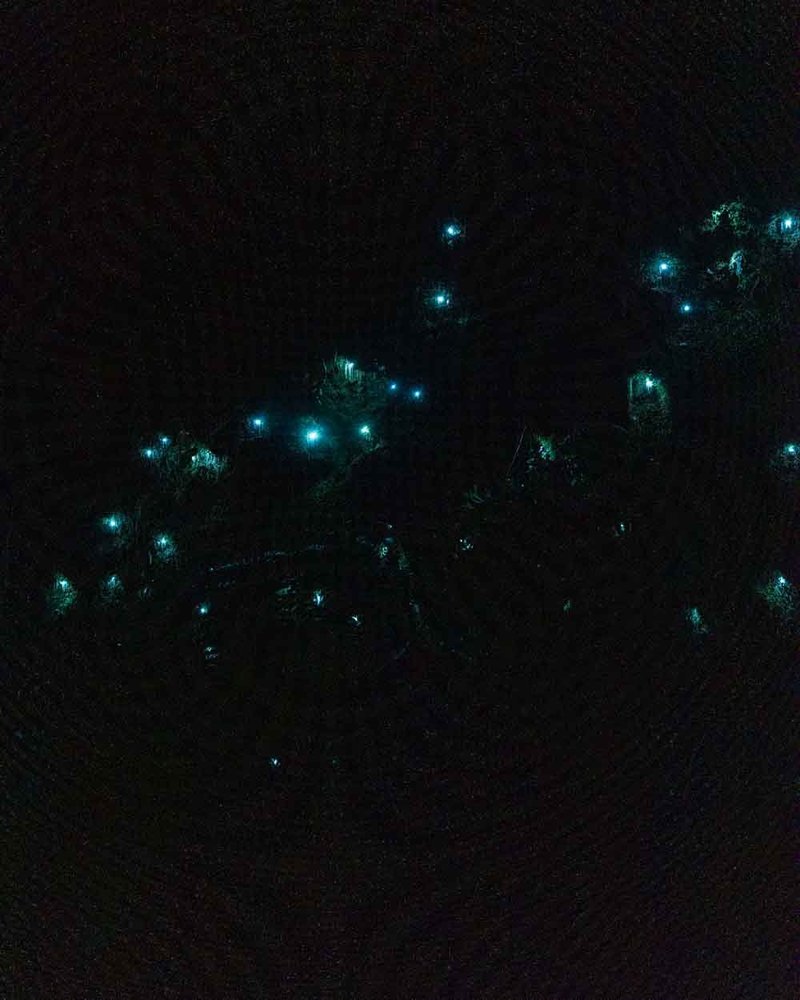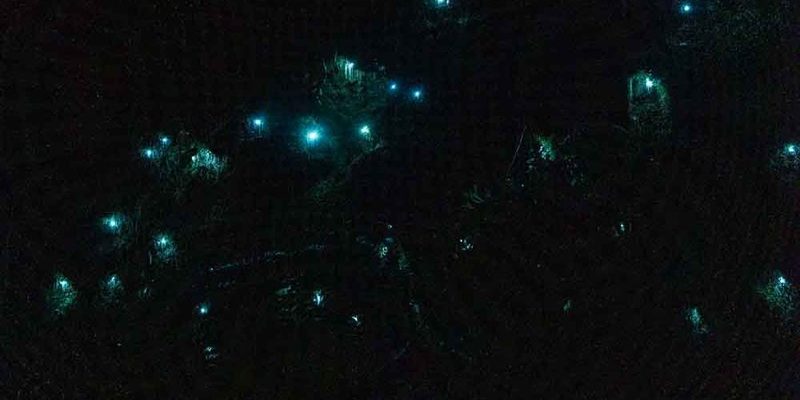
Glow worms, specifically the larvae of certain beetles, create bioluminescent displays to attract prey. They’re often found in moist, sheltered areas, making them a common sight in nature trails and caves. However, as enchanting as they are, glow worms face numerous threats, from habitat destruction to inappropriate human interaction. Proper signage and protection measures on trails can really make a difference in conserving these magical creatures. Let’s dive into how this works and why it’s so crucial.
What Are Glow Worms and Where Can You Find Them?
Glow worms are fascinating creatures that can light up the forest floor. They’re typically the larvae of beetles in the *Lampyridae* family. The glow you see is a form of bioluminescence, which is their way of attracting insects for food. So, if you’ve ever found yourself gazing in wonder at these little lights, now you know they’re just hungry critters waiting for dinner to come by!
You’ll often find glow worms in damp and dark places. They favor areas that have plenty of shade, such as caves or the insides of hollowed-out trees. For instance, places like New Zealand and Australia are famous for their glow worm populations. However, they’re not just limited to those countries. You can spot them in various moist habitats worldwide, making your local nature trail a potential viewing site.
So, if you’re planning a hike, keep your eyes peeled! Just remember, it’s best to visit these spots during the dark hours when glow worms are most active. You might be wondering what time exactly? Well, dusk to dawn is usually the perfect timeframe to see their enchanting glow.
The Importance of Signage on Nature Trails
You might think signage is just a bunch of wooden boards with information, but it’s much more than that! Good signage on nature trails serves as an essential guide for hikers and protects our delicate ecosystems. For glow worms, this is especially important. It educates visitors on how to enjoy their environment without disturbing these tiny wonders.
Signs can inform people about the best viewing times and the rules of engagement, such as staying on designated paths. When people know how to act respectfully around wildlife, it helps ensure that these glow worms thrive. You could even imagine those signs as little “please don’t tread on me” messages from the glow worms themselves!
Moreover, signage can help raise awareness about the overall importance of glow worms and their habitats. By sharing their ecological role and the dangers they face, we can inspire more people to care about their conservation.
Common Threats to Glow Worms
Despite their magical glow, glow worms aren’t invincible. They face several serious threats. Habitat destruction is a big one. As we develop land for homes and businesses, we reduce the space available for these little creatures. Once their homes are gone, so are they!
Another major issue is human interference. When people stray off marked paths, they can inadvertently crush glow worm habitats or disturb their delicate ecosystems. It’s easy to overlook the small things when you’re out enjoying nature, but every step counts. Even a single footprint can have lasting effects.
Climate change is also impacting glow worms. Changes in temperature and rainfall can affect the moisture levels they rely on. So, if you’re ever out on a nature trail, keep in mind that your actions contribute to their survival or decline.
Protective Measures for Glow Worms
So, what can be done to help protect these enchanting creatures? Several protective measures are in place or can be easily implemented to ensure glow worms continue to thrive on our nature trails.
Firstly, local conservation groups often work to maintain and restore habitats. This might involve planting native vegetation, which helps support the overall ecosystem. It’s a bit like giving glow worms their favorite restaurant back!
Secondly, educational programs and community involvement are crucial. The more people understand the importance of these creatures, the more likely they are to help protect them. Community clean-up days or habitat restoration projects can be a great way to get involved.
Finally, stricter regulations regarding trail use can help. Establishing designated paths, limiting night-time access, and imposing rules against collecting glow worms can all contribute to their safety. Just think of it as creating a “safe zone” for these beautiful bugs to flourish.
The Role of Local Communities in Conservation
Local communities play a vital role in the conservation of glow worms. They’re often the first line of defense against habitat destruction and can lead initiatives that promote sustainable tourism. When community members take pride in their local nature trails, it fosters a sense of ownership and responsibility.
For example, residents can collaborate with local authorities to create awareness campaigns. This might involve hosting events where people can learn about glow worms, their habitats, and the best ways to appreciate them without causing harm.
Moreover, locals can act as stewards of their environment by reporting any disturbances or illegal activities that threaten glow worms. It’s a bit like being a guardian of the forest—keeping an eye out to make sure everything stays as it should.
The Future of Glow Worm Conservation
As we look to the future, the conservation of glow worms hinges on our collective efforts. With effective signage, community involvement, and a mindset geared towards protection, we can ensure that these magical little beings continue to grace our nature trails for generations to come.
The beauty of our natural world is fragile and requires care. As more people become aware of the significance of glow worms, hopefully, we’ll see a movement towards more sustainable practices that protect not just them, but all aspects of our environment.
Remember, the next time you’re out on a trail and spot that twinkling light, it’s not just a fleeting moment of beauty. It’s a reminder of the intricate connections that make up our ecosystems and the responsibility we have to protect them.
In the end, conserving our glow worms is not merely about preserving one species; it’s about ensuring the survival of the biodiversity that enriches our planet. So, as you embark on your next hiking adventure, let’s all do our part to keep the glow alive!

